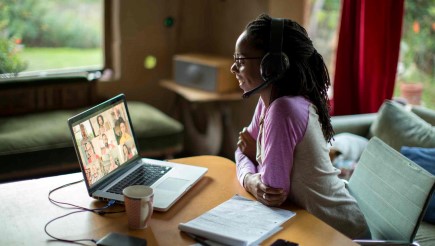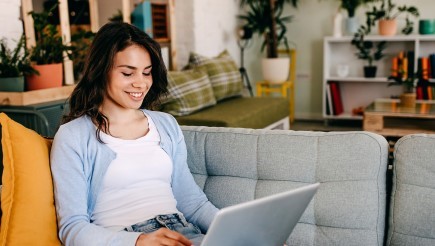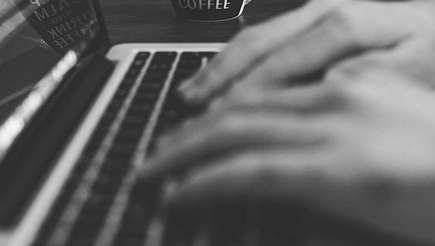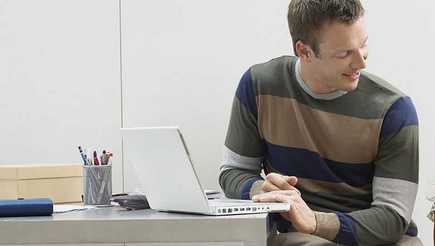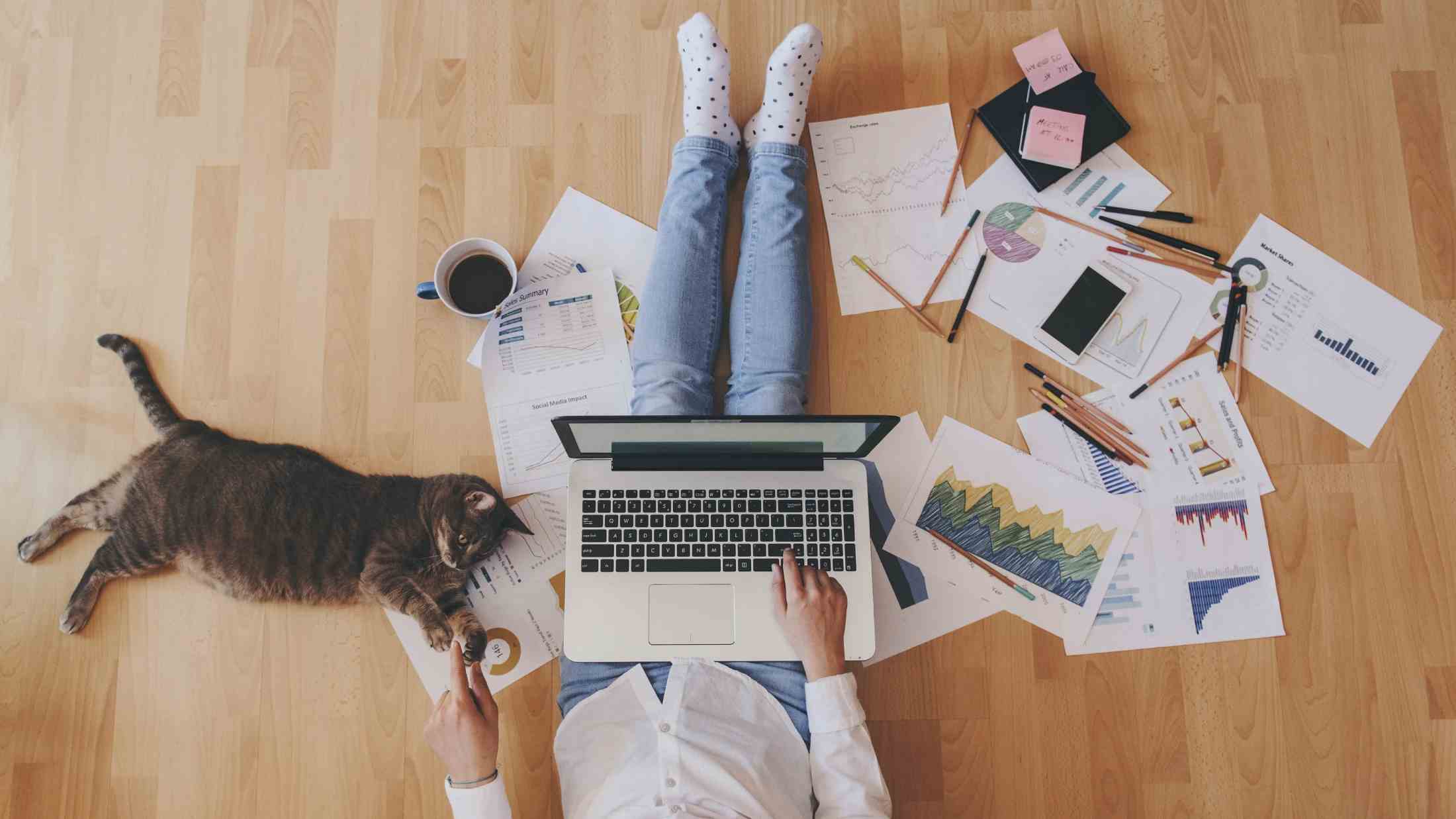More than 4.2 million Brits now work from home. Among them are a high number of architects – around one fifth of UK-based architects are self-employed. While setting yourself up at the dining table is an easy quick fix, a proper home office could pay dividends for your productivity.
Whether it’s a dedicated extension or a small set-up in the corner of your lounge, here are our tips for carving out the perfect architect working space.
A sharper screen
Architects spend long hours staring at intricate plans on computer screens, which could lead to eyestrain. Contrary to rumours, monitors with a high resolution (4K or retina display) are better for eye health than regular screens. This is because the sharper graphics are easier to focus on.
Having a good monitor isn't the end of the story, however – you also need to make sure the screen brightness is at a level that prevents squinting and that your chair is an appropriate distance from the screen. Fight the urge to lean forward and zoom in with your computer instead.
Ergonomic desk set-up
You'll likely be working for eight hours (or more) each day, so it's important that you're comfortable while doing so. Back strain is no laughing matter. Adjust the chair so that your knees are slightly lower than your hips and your feet are flat on the floor. Your lower back must be fully supported. Your keyboard and graphics tablet should be at a level where your arms are parallel to the floor, and the screen should be level with your eyes.
Declutter and decorate
You'd be surprised at what can influence productivity. Decluttered workspaces help to clear our minds and also mean we waste less time looking for misplaced tools. Set up some shelves to store plans and blueprints that you're not currently working with and buy some desk organisers for your stationery.
The way that your office area is decorated can also affect your working behaviour – studies show that a few houseplants may increase productivity by up to 15%. Adding personal items (a witty motivational poster, some holiday souvenirs) has a similar effect. Colour has an impact too – blue and green are known for improving focus and efficiency, while vibrant yellow shades enhance creativity.
Designing an office with productivity in mind leaves you time to concentrate on the important things – like furthering your business and delivering on projects. So what are your tips for designing the perfect work space? Let us know in the comments below.

